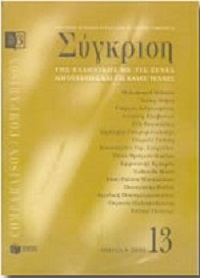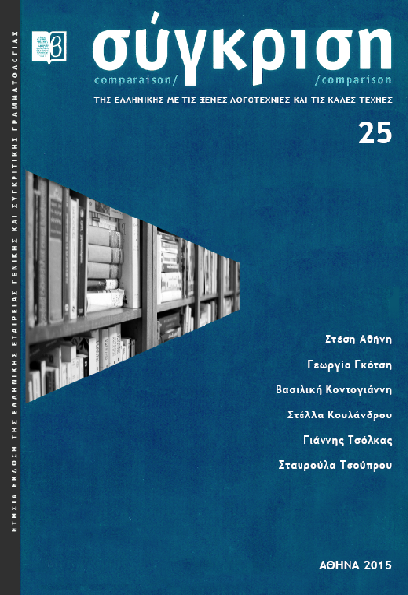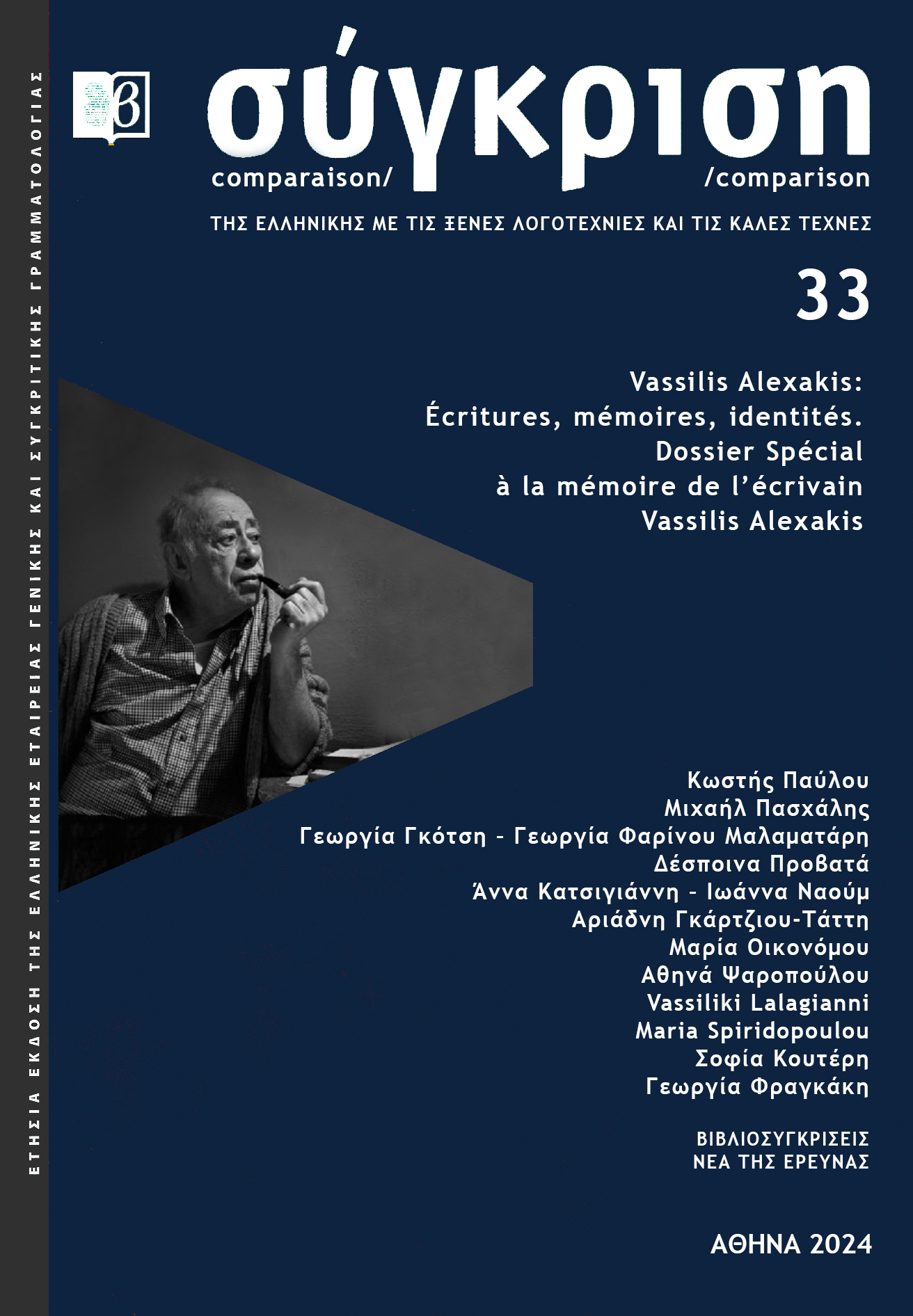The flâneur: theoretical metamorphoses of a Parisian figure
Abstract
This discussion focuses on the figure of the flâneur, who appears in Baudelaire's metropolitan poems as an image for the modern artistic consciousness and was analyzed by Walter Benjamin as a key phenomenon of modernity. My aim, here, is to offer a review of the various and wide ranging uses of the concept in 20th century critical discourse, especially in the field of gender and cultural studies. More specifically, I focus on three moments of this discussion. These are: First, Benjamin's transformation of the stroller of the 19th-century Parisian arcades into a metaphor for a style of observing and experiencing the modern city and as an archetype for the consumerist mode of being. Second, a line of inquiry developed by feminist scholars, who note that moving through public spaces has emerged as a male practice and question the extent to which a female flânerie is possible. Finally, the more recent connections of flânerie with activities that involve the perception of fleeting and transitory impressions, such as those offered by the cinema, television, the shopping mall, the spectacle of the postmodern city, or even the Internet.
Article Details
- How to Cite
-
Γκότση Γ. (2017). The flâneur: theoretical metamorphoses of a Parisian figure. Comparison, 13, 120–138. https://doi.org/10.12681/comparison.10133
- Issue
- Vol. 13 (2002)
- Section
- Articles

This work is licensed under a Creative Commons Attribution-NonCommercial-ShareAlike 4.0 International License.
Authors who publish with this journal agree to the following terms:
- Authors retain copyright and grant the journal right of first publication with the work simultaneously licensed under a Creative Commons Attribution Non-Commercial License that allows others to share the work with an acknowledgement of the work's authorship and initial publication in this journal.
- Authors are able to enter into separate, additional contractual arrangements for the non-exclusive distribution of the journal's published version of the work (e.g. post it to an institutional repository or publish it in a book), with an acknowledgement of its initial publication in this journal.
- Authors are permitted and encouraged to post their work online (preferably in institutional repositories or on their website) prior to and during the submission process, as it can lead to productive exchanges, as well as earlier and greater citation of published work (See The Effect of Open Access).





